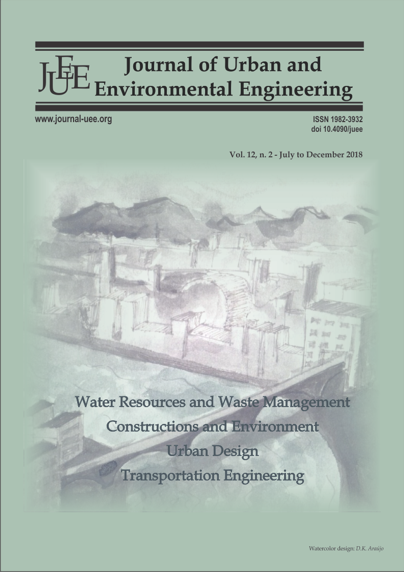REUSE OF LEATHER WASTE: COLLAGEN HYDROLYZATE FOR THE TREATMENT OF TANNERIES EFFLUENTS
DOI:
https://doi.org/10.4090/juee.2018.v12n2.287-292Keywords:
Leather shavings, Tannery effluent, Collagen hydrolyzate, CoagulationAbstract
The tannery industry is an important economic activity in Argentina. Due to the characteristics of their processes, tanneries generate liquid effluents in different acidity or alkalinity conditions, with high turbidity, suspended solids and color. These effluents must be treated to avoid environmental contamination. The objective of the present investigation was to study, at a laboratory scale, coagulation processes that allow the reduction of turbidity and color in tannery effluents. The work focused on the use of collagen hydrolyzate (CH) as a coagulant, obtained from the shavings that the leather process itself discards. Tests were made with pure CH, in combination with a commercial coagulant (aluminum sulfate) or a commercial flocculant (cationic quaternary polyamine), in order to compare the efficiency of the process. Effluents were generated with a generic tanning formula, which were treated by aeration followed by sedimentation. The results obtained show that the CH alone does not show sufficient effectiveness, but combined with both the aluminum sulphate and the cationic quaternary polyamine gives very good results, involving smaller amounts of these commercial additives. The fact that the CH is obtained from a residue of the industry itself and it can successfully replace other chemicals, lowers the costs of treating the liquid effluents while avoiding having to manage that solid waste.Downloads
Download data is not yet available.
Downloads
Published
2019-02-27
Issue
Section
Articles




